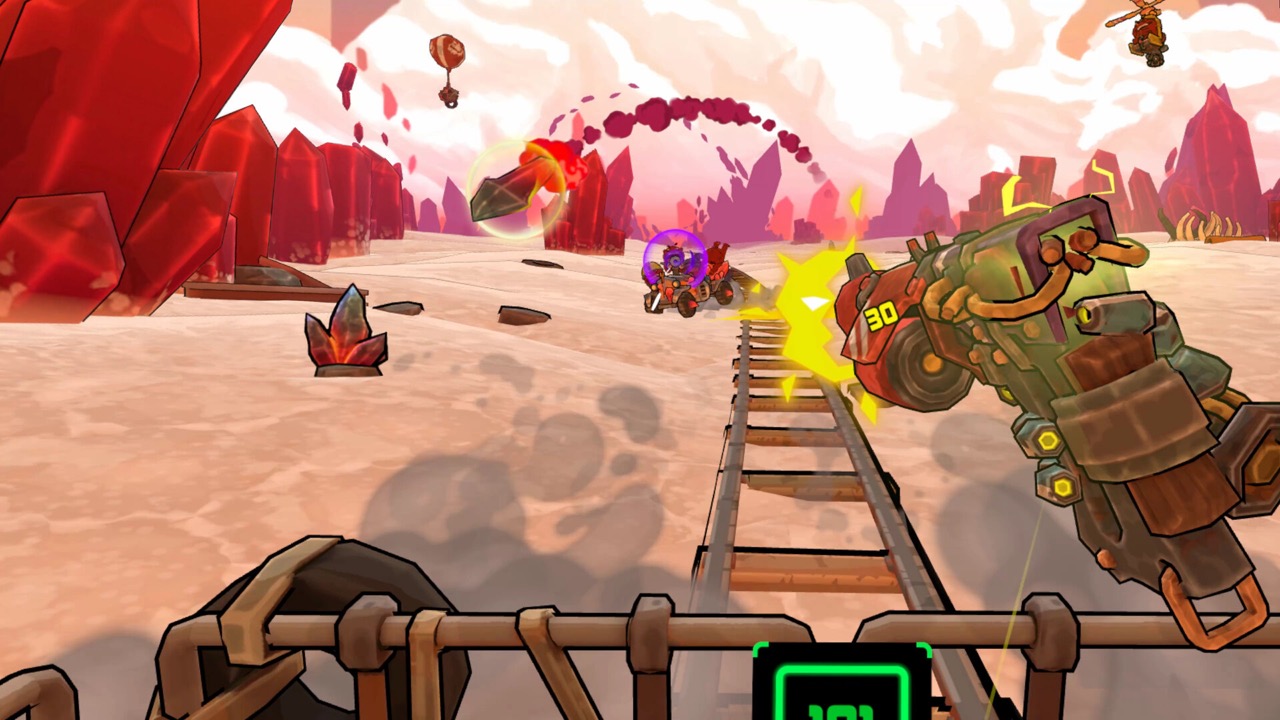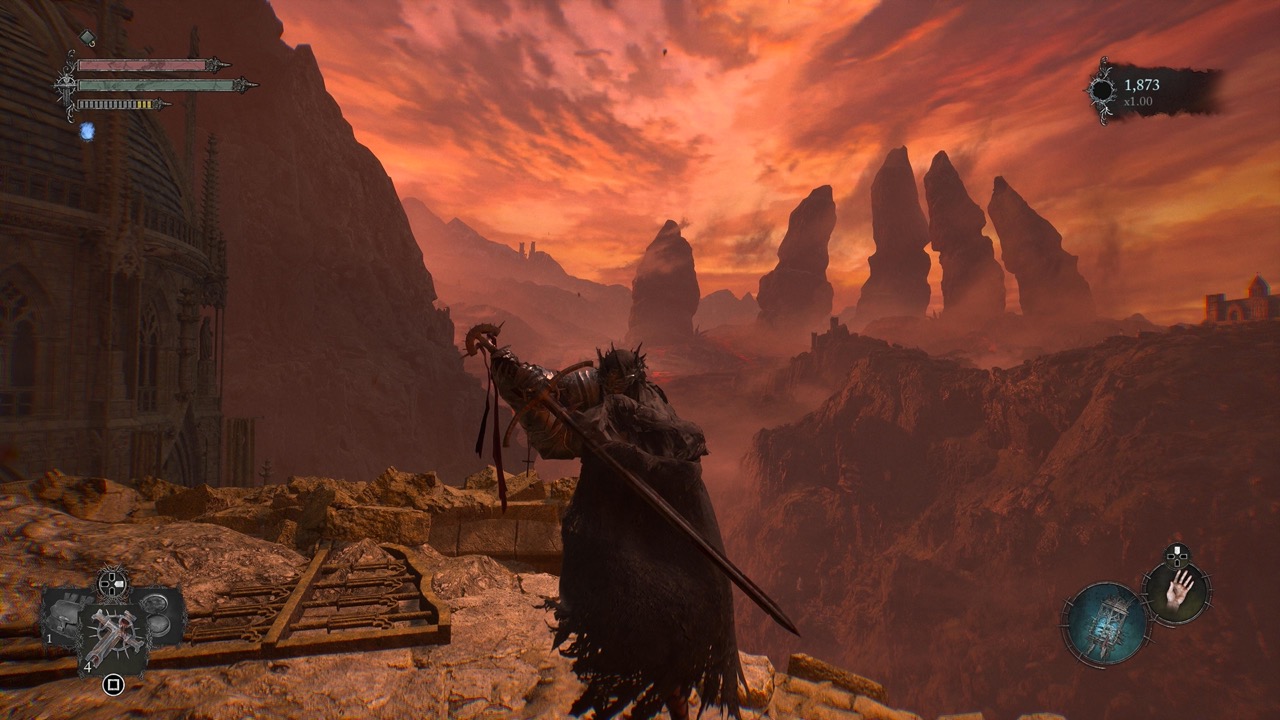The end result is a beautiful nature documentary hindered by bloat, lacking the compelling story or lifelike ecosystem one would hope for in a next-gen realization of Pandora
Pandora, the planet featured in James Cameron's Avatar films, is without a doubt one of the most richly detailed and visually arresting science fiction worlds ever created. Developer Massive Entertainment, with the direct involvement of Cameron's Lightstorm Entertainment, has sought to fully realize this world in the first open world video game set in the Avatar universe, Avatar: Frontiers of Pandora. And on the level of world building and environmental presentation, Frontiers absolutely succeeds in transporting players into the jungles, plains, and other stunning biomes of Pandora. However, as an interactive experience, Frontiers falls back on tired Ubisoft open world formulas that undermine the potential of its setting.
From the moment you drop into the dense jungles of the Kinglor Forest region, it's clear that no expense was spared in recreating Pandora. Every plant, animal, and geographical feature has been meticulously designed and rendered to feel genuinely alien yet also spectacularly beautiful. Whether you're soaring above the treetops on the back of an Ikran or hunting for resources on the forest floor, Pandora is an absolute feast for the eyes. Subtle details like the way certain plants retract into the ground when disturbed add incredible verisimilitude. The developers also take full advantage of next-gen technology, with lighting, textures, and draw distances that genuinely push the boundaries of realism.
![]()
In addition to faithful environmental design, Massive has filled Pandora with its own creative touches, like the nomadic Zakru clans that inhabit the vast plains regions alongside the giant elephant-like creatures they call home. Exploring these diverse new biomes is incredibly rewarding, expanding upon what was glimpsed in the films in rich new directions. Pandora truly feels like a lived-in alien world and not just a digital recreation of what was seen on screen.
However, for all its visual splendor, Frontiers struggles to build compelling interactivity or narrative on top of its foundation. Progression comes through collecting generic resources to upgrade generic stats, conquering the tedious checklist of busywork side activities padded between main story beats. Investigations are frustrating, interactions are simplistic, and the loot system tries in vain to inject artificial motivation. Worst of all, Frontiers pads out its campaign length with utterly excessive travelling between objectives, whether by foot or Ikran. The rich world feels needlessly padded out and empty.
Combat tries to merge stealth mechanics with fast-paced action but excels at neither. Enemies sport very basic AI and alert systems, encouraging you to just run in guns blazing against human adversaries rather than feeling out tactical approaches as the Na'vi are positioned. You can try to stealth, but if you are spotted and you get spotted very easily, that's it for stealth. The system is not as satisfying as the one that is present on the Far Cry series. In those games you could easily, just straight-up, play from start to finish using only a bow and you'd love it. In Frontiers, I feel like I can't do that. I just want to be the Na'Vi Green Arrow or Blue Arrow ,in this case, why don't you let me do that?
![]()
Melee attacks and interaction with Pandora's wildlife and terrain also feel sorely underdeveloped compared to what one might expect based on the films. Allies are nearly nonexistent, despite Pandora being a planet where all life is interconnected. The immense scale and detail of the environments are undermined by dull, numerically driven systems and a lack of companionship.
Story and characterization fare even worse. Your created character remains a blank slate without meaningful progression or relations. You are one of the last survivors of the Sarentu tribe, known as the storytellers of Pandora. However, in this story you turn out to be more Rambo than Shakespeare, trading stories for bullets, bombs and a lot of arrows.
![]()
Antagonists are simplistic caricatures lacking motivation. Feels like they are bad for the sake of being just bad. Unfortunately, there's no Quaritch here. Opportunities for cutscenes or cinematic flair to showcase the scope of the conflict are squandered in favor of keeping everything from a samey first-person view. Of course, some characters die as you progress through the story and it is supposed to be emotional, but I didn't feel anything for them as I hadn't spend enough time with them. While expanded lore is appreciated, a deeper, more emotive narrative is sorely missing.
Not all is negative, however. Two key strengths shine through the criticisms. Firstly, the multiplayer component is surprisingly robust, letting two players seamlessly cooperatively experience the entirety of the campaign together – a rarity for narrative-focused games these days. Secondly, Pandora itself remains as magnetic as ever to simply explore. Discovering every nook and cranny, from hidden caves to aerial vistas, is rewarding despite gameplay and progression frustrations. Experiencing the incredible diversity of Pandora's biomes, detailed down to unique plant specimens and hunting techniques, is a valid reason to play in its own right. And keep in mind that this world is massive so it will take you a long long time to 100%.
![]()
In the end, while Avatar: Frontiers of Pandora is undeniably a technical marvel that finally allows fans to truly inhabit the world of Pandora, it lacks the narrative or systemic depth to reach its full potential as an interactive experience. Massive has clearly outdone themselves in environmental artistry but falls back on Ubisoft's well-worn open-world formulas instead of pioneering new directions for the license. The end result is a beautiful nature documentary hindered by bloat, lacking the compelling story or lifelike ecosystem one would hope for in a next-gen realization of Pandora. Fans of the setting will find much to appreciate, but those seeking innovative gameplay will find Frontiers settles for the familiar rather than boldly pioneers new creative avenues for the franchise. At full price, it's hard to recommend it, but if the game is on a sale, definitely give it a try. Thanks for reading!
The game was reviewed on a Xbox Series X using a review copy provided by CDMedia. Avatar: Frontiers of Pandora is out now on PS5, Xbox Series X/S, PC and Amazon Luna.




